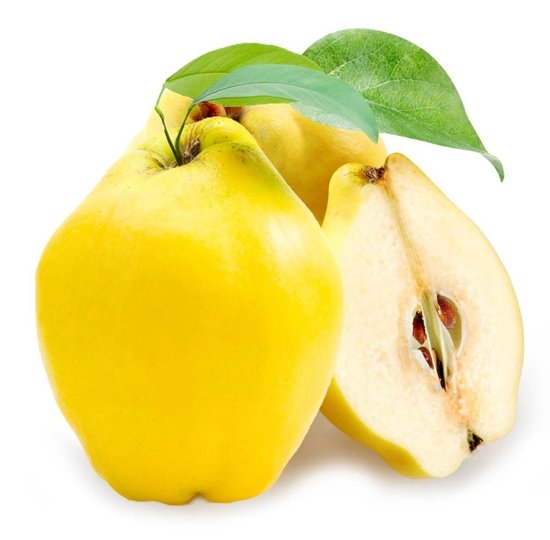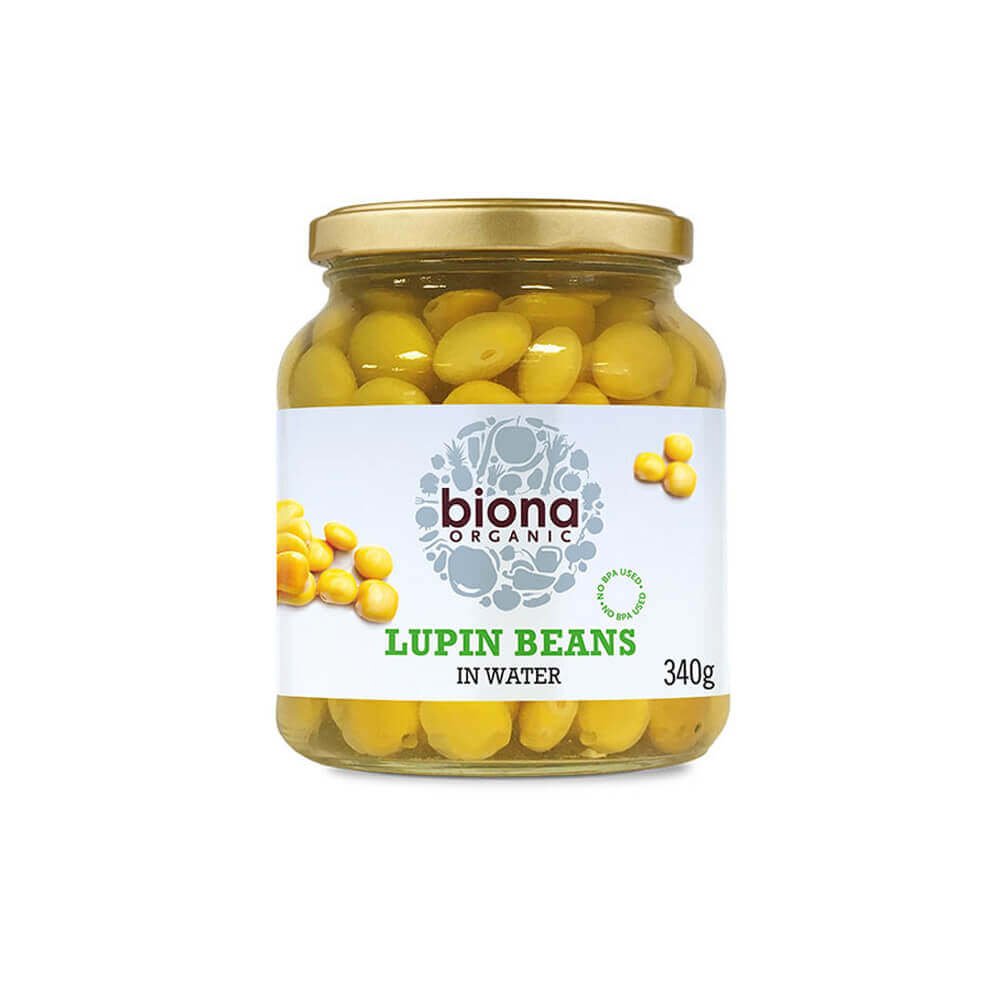Quince belongs to the same family as apples and pears; its shape is similar to a pear, but larger. It has lumpy yellow skin and hard flesh that is quite bitter so shouldn’t be eaten raw. When fully ripe, the quince has a wonderful perfume.
The Secret Rewards of Quince
The first clue that quince hides something special is its aroma. If you leave a quince on a sunny windowsill it will slowly release a delicate fragrance of vanilla, citrus, and apple into your kitchen. It’s a heady, perfumed scent that is completely at odds with its appearance.
And then, if you peel a quince and hack it up, then cook it, those scents blossom into an indescribably wonderful perfume, and the fruit itself magically turns from yellowed white to a deep rosy pink.
When you stew quince in sugar and a little water or wine, it becomes not just edible but delicious — sweet, delicate, fragrant.
The fruit of the tree, which is from the Rosaceae family, is about 4-5 m tall, and has a red brown body, is called quince. Quince, which is a fibrous and pleasantly delicious autumn fruit, has many benefits for human health. The fact that it is rich in vitamins A, B, C and potassium reveals how beneficial the quince is. We can say that it is among the foods we need the most in cold weather.
Turkey ranks first in quince production in the world. Annual production reached 100 thousand tons in 2000.
Quince fruit contains 84% water and 15% carbohydrates, mostly sugar, and the ratio of fat and protein is very low. In addition to these, the fruit contains pectin, tannin, organic acids, vitamin C and mineral salts. On the other hand, the seeds of the fruit contain 14-18 percent glue substances, 16-20 percent oil, tannins, colored substances and high protein, a small amount of amygdalin and emulsin. They cause the formation of hydrogen cyanide gas, but the seeds are poisonous only if ingested in large quantities.
Quince called in many ways in different countries; Kweper, Cydonia oblonga, Heyva, Safarjal, Dunja, Aval-stoub, Codonyer, el codony, Mela cutona, Coeden gwins, Kvæde, Quitte, Pšawa kwitula, Küdoonia, Cidonio, Irasagarrondo, irasagarrak, Cognassier, Codognâr, Cainche, Quinsh (billey), Marmeleiro, Prawy kwětlowc, Obična dunja, Cydonia oblonga, Bihok, Parastā cidonija, Paprastoji cidonija, Quitt, Birs, Kwitenbuum, Kvede, Membrillocuahuitl, Codonhièr, Behi, Còn·nhiassié, Pigwa pospolita, Marmeleiro, Gutui, Melachidonza, Ftoi, Cydonia vulgaris, Dula podlhovastá, Kutina, Kvitteni, Tektuniyya, Mộc qua Kavkaz, Poerî d’ cwin, Kdouloň obecná, Κυδωνιά, Абиа, Айва, Хьайба , Къомси, Бигь, Жум, Дуња, Хьайба, Дуња, Биҳӣ, Айвачувто, Սերկեւիլ, חבוש, سفرجل, هئیوا, بھي, به, سفرجل, ܣܦܪܓܠܐ, സബർജിൽ, ချဉ်စော်ကားပင်, မၢၵ်ႇဝၢဝ်း, ბია, კომში, 榲桲, 木梨, マルメロ, 金蘋果, 마르멜루






Reviews
There are no reviews yet.